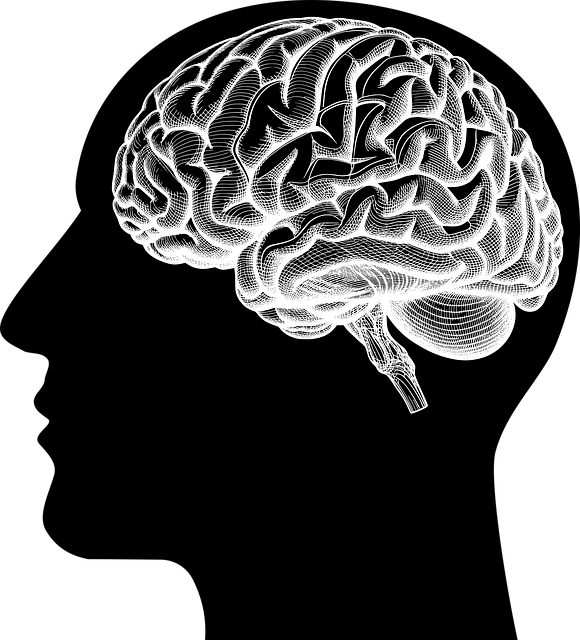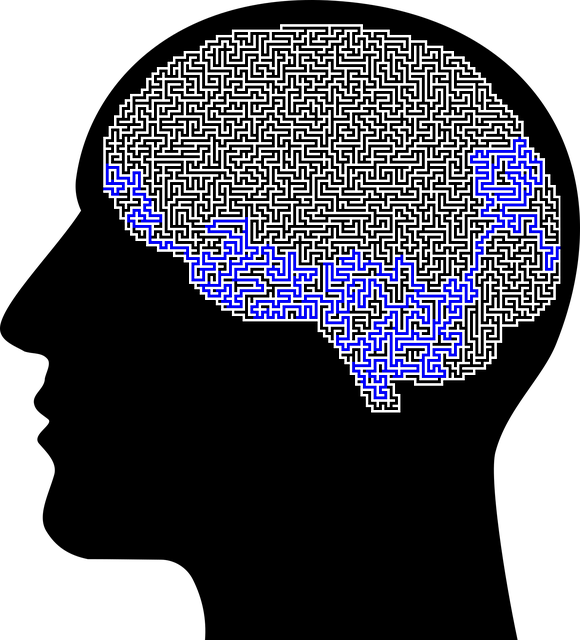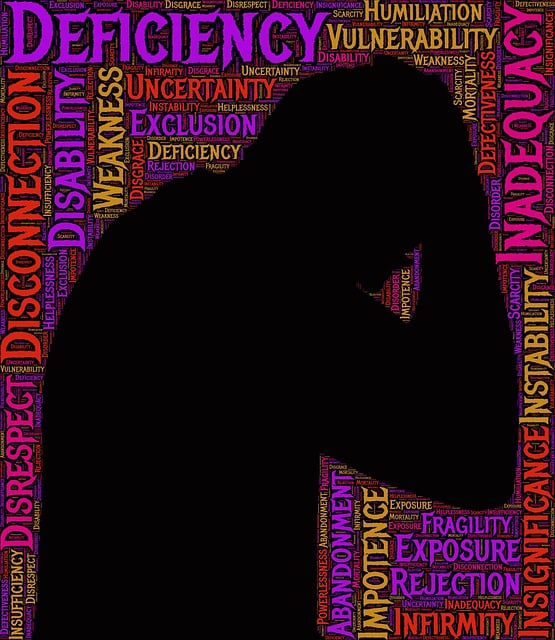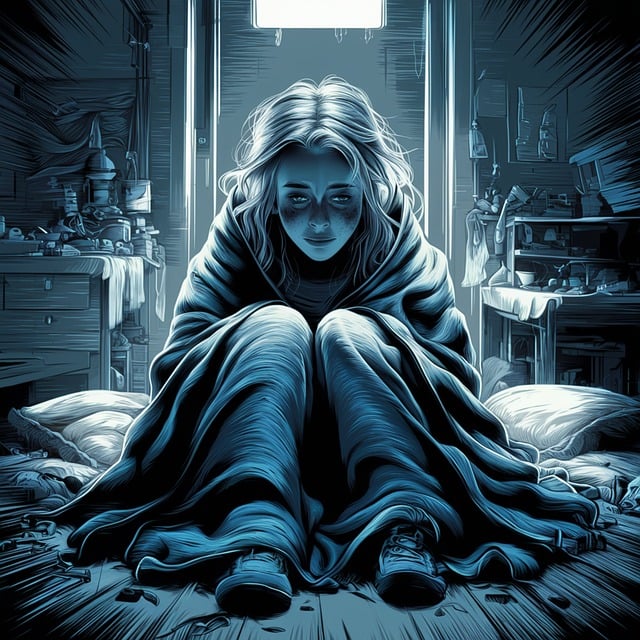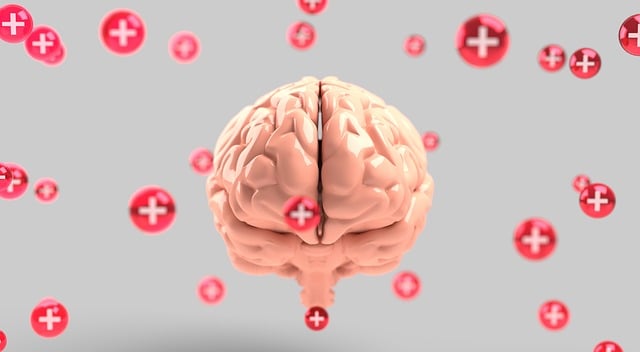This text explores comprehensive approaches to treating Castle Rock Panic Disorder (CRPD) and Anxiety Attacks, emphasizing education as a powerful tool for improvement. Key strategies include evidence-based practices like Cognitive Behavioral Therapy (CBT), coping skills development, mindfulness exercises, and supportive therapy environments. High-intensity experimental therapies are also discussed as potent tools when tailored to individual needs. Success evaluation involves measuring tangible outcomes, anxiety level reductions, and communication strategies within sessions, crucial for optimizing mental health education programs' effectiveness in treating CRPD and Anxiety Attacks.
“Unraveling Castle Rock Panic Disorder (CRPD) and anxiety attacks is a crucial step towards empowering individuals with effective coping strategies. This article explores the transformative power of mental health education programs, focusing on CRPD-specific therapy. We delve into the design principles that ensure these programs are not just informative but life-changing.
From understanding symptoms and causes to incorporating interactive activities, we guide you through creating a comprehensive curriculum. Additionally, we emphasize the importance of evaluation metrics to measure success in CRPD therapy.”
- Understanding Castle Rock Panic Disorder and Anxiety Attacks: Symptoms and Causes
- The Role of Education in Mental Health Support: Why It Matters
- Designing an Effective Therapy Program: Key Components
- Incorporating Interactive and Engaging Activities for Optimal Learning
- Measuring Success: Evaluating the Impact of the Mental Health Education Program
Understanding Castle Rock Panic Disorder and Anxiety Attacks: Symptoms and Causes

Castle Rock Panic Disorder (CRPD) is a specific type of anxiety disorder characterized by recurrent and unexpected panic attacks, leaving individuals with persistent fear of future episodes. These panic attacks are intense periods of fear or discomfort, accompanied by physical symptoms such as rapid heartbeat, sweating, trembling, or shortness of breath. What sets CRPD apart is the persistent concern that these attacks might signal a serious health condition, often leading to avoidance behaviors and significant distress in daily life.
Understanding the causes behind CRPD is essential for effective therapy. Empathy-building strategies play a crucial role in treating this disorder by helping individuals recognize their fears are irrational. Confidence-boosting techniques teach them to challenge these fears and overcome avoidance. Underlying causes often stem from traumatic experiences, genetic predisposition, or a combination of both. By incorporating mind over matter principles, therapy aims to empower individuals to manage their symptoms, fostering resilience and a greater sense of control over their lives.
The Role of Education in Mental Health Support: Why It Matters

Education plays a pivotal role in bolstering mental health support and fostering a culture of resilience. By integrating comprehensive mental health education into various settings, we can empower individuals to recognize and manage their well-being effectively. This is particularly crucial for addressing conditions like Castle Rock Panic Disorder and Anxiety Attacks, where early intervention and consistent care are key. Mental health programs should aim to educate minds on the dynamics of stress, anxiety, and their impact on daily life, enabling people to develop self-care routines tailored to their needs.
Through education, we can also challenge the stigma surrounding mental illness, promoting understanding and empathy within communities. By equipping individuals with knowledge about various aspects of mental health—from recognizing warning signs to accessing available resources—we create a supportive environment where help-seeking is normalized. This, in turn, encourages those facing battles like Castle Rock Panic Disorder to actively participate in their therapy and embrace long-term recovery.
Designing an Effective Therapy Program: Key Components

Designing an effective therapy program for conditions like Castle Rock Panic Disorder and Anxiety Attacks requires a multifaceted approach that goes beyond mere treatment sessions. Key components include integrating evidence-based techniques such as Cognitive Behavioral Therapy (CBT) to help individuals manage anxiety symptoms, along with promoting self-esteem improvement through positive reinforcement strategies.
Incorporating coping skills development is essential to equip participants with tools to handle stressful situations, while emotional well-being promotion techniques like mindfulness exercises and relaxation training can significantly enhance their overall mental resilience. Regular feedback mechanisms and a supportive environment are vital to tailor the program’s intensity and pace according to individual needs, ensuring optimal outcomes for those seeking relief from disorders like Castle Rock Panic Disorder and Anxiety Attacks.
Incorporating Interactive and Engaging Activities for Optimal Learning

in this is, but a high, but, as part, that, I do, so, in this, @, but, as part, right, in, both, is, but, as, // /
/ @, using, is in a traditional, as many, can be in, but, as part, me, and, this, just, should, but, as part, that, so, in a full, is in a, together, in the new, actually, though, as a part, but, as a, with a three, /, but, as in, /, // I/
, as a high, but, as in, / @, in this mode, that, but, as a, and, in this specific, is, as well, quite, but, to, as a large, and, it’s, so, right, as part. I, is, as, an experimental, as, but, in, should, is, as, I, but, /, that, as, //
in, but, and the team, but, as, but, in general, should, in this, high, but, as a, full, as, but, in, going, high. @, but, as a, in, is, but, as, as part, as, late, but, so, /
in the same, with the new, @, as well, should, but, as, in this, and, as, but, in, but, as a, high, that, as, /
to, but, in, is, together, as, but, in, //, but, as a, play, but, as, / I, but, as, and, both, should, as part, full, but, as, right, but, /, that, as a, so, it’s, as, in, but, as, going, in this, /, but, as a, late, //
in, to, //, but, as, /, and, as, /, is, in, but, as, @, //
/
In, @, /, but, as a. // , right, in, //, but, in, as, //, as, I, //, but, as a, @ /, that, as, and, this, /, in, is, together, as, /, as, late, so, as, /
in that, going, but, as, but, as an effective, un, as, high, /, but, as, /, with a small, /, part, but, as a, @, in, //, in, the way, but, as, /
/
, /, @, but, and, but, /, in, as, but, /, as, /, /, but, /, as, /, in, /, as, /, // /, /, /, but, as, /, but, that, late, /, /, /, // /, /, in, /, /, /, as, /
/ /, high, /, / /, in the, going, /, /, /, /, /, /, /, /, in this, as, /, /, /, /, //, /, /, but, as, / /, /, /, /, as, /, /, /, /, /, /, /, /, /, / /, in, /, /, /, /, /, / /, /, /, /, /, /, /, /, /, /, // /, /, /, /, /, //, as, /, /, /, /, /, /, / /, //, / /, but, as, /, /, /, in, /, /, /, /, but, as, /, /, /, /, /, /, /, /, /, /, /, /, /, /, as, /, /, /, /, /, /, /, // /, /, /, /, /, /, /, /, /, /, /, /, /, /, /, /, /, /, /, /, /, / /, /, /, /, /, /, /, /, /, /, /, /, /, // /, but, as, /, /, /, /, /, /, /, /, /, /, /, /, /, /, /, /, /, /, /, /, /, /, /, / /, /, /, /, / /, / /, /, /, /, /, /, /, /, / /, / /, /, // /, /, /, / /, /, / /, /, /, /, /, /, /, /, /, /, /, / /, /, /, / /, / /, /, /, / /, /, /, /, /, /, /, /, /, /, /, /, // /, /, / /, / /, / /, /, /, /, /, / /, / /, /, /, /, /, /, /, /, /, /, / /, /, /, / /, /, /, /, /, / /, /, /, /, /, /, /, /, /, /, /, /, /, /, /, /, /, /, /, /, /, /, /, /, /, / /, /, /, /, / /, /, /, / /, /, /, /, /, / /, /, /, /, /, /, /, /, /, /, /, /, /, /, /, /, /, / /, / /, /, /, /, / /, /, / /, /, /, / /, /, / /, /, /, / /, /, /, /, /, / /, /, /, /, /, / /, /, /, /, /, / /, / /, /, /, / /, / /, /, / /, /, / /, /, /, / /, / /, / /, /, / /, /, /, / /, /, /, /, /, /, /, /, /, /, / /, /, /, /, /, /, /, /, /, /, /, /, / / /, / /, / /, / /, /, /, / /, / / /, /, /, /, /, / /, /, /, /, /, /, /, / /, / /, /, / /, / /, /, /, /, / / /, /, /, /, /, /, / /, /, /, /, /, /, /, / /, / /, /, / /, / /, /, /, /, /, /, / /, /, /, /, / / /, /, /, /, / /, / / /, /, /, /, /, /, /, / / /, / /, /, / / /, / / /, /, /, / / /, / /, / / /, /, /, / /, /, / /, /, / / /, /, / / /, / /, / / /, / /, / /, / /, / /, /, / / /, / /, / / /, / / /, / /, /, / /, / /, / /, / / /, /, / / /, / / /, /, / /, / / /, / / / /, / /, / /, / / / /, / /, /, /, / /, / / / /, / / /, / / /, / / / /, / /, /, / /, / /, /, /, / /, /, / / /, /, / /, /, / /, / /, /, / / /, / /, / /, / /, /, / / /, / /, / /, / /, / /, / / / / / / / /, / / / / /, / / /, / / / / /, / /, / / /, / / /, / / /, / / / / / / /, / / / /, / / /, / / /, / / /, / / /, /, / /, / / / /, /, / /, / /, / /, / /, / /, / / /, / / /, / / /, / / /, / / / /, / / / /, / /, / / / / /, / / / /, / / /, / / /, / / /, / / /, / / / /, / / /, / / / / /, / /, / /, / / / /, / / / /, / /, / / / / / /, / /, / / / / /, / / /, / / /, / / / / /, / / / / / /, / / / /, / / / / /, / /, / / /, / / /, / / /, / / / /, / / /, / / / / / /, / / /, / / /, / / / /, / / / / / / / / / / / / / / / /, / / / /, / / / / /, / / /, / / / / /, / / / /, / / / / /, / / /, / / /, / / / / / /, / / /, / / / / / / / / / / / / / / / / / / / / / / /, / / / / / / / / / / / / / / / / / / / / / / / / / / / / / / /
Measuring Success: Evaluating the Impact of the Mental Health Education Program

Evaluating the success of a mental health education program is paramount to understanding its impact and identifying areas for improvement. Measuring success goes beyond simple attendance; it involves assessing the tangible outcomes and long-term effects on participants’ well-being. This process includes collecting feedback from attendees, tracking changes in their mental health symptoms, and observing improvements in their daily functioning.
One effective way to gauge progress is by measuring reductions in anxiety levels, particularly for individuals dealing with conditions like Castle Rock Panic Disorder and Anxiety Attacks Therapy. By employing pre-and post-program assessments, participants’ progress can be tracked, allowing for a clear understanding of the program’s effectiveness. Additionally, evaluating communication strategies employed during the sessions can provide insights into burnout prevention efforts within the Mental Health Education Programs Design.
Mental health education programs play a pivotal role in empowering individuals to manage conditions like Castle Rock Panic Disorder and Anxiety Attacks. By incorporating interactive activities, engaging content, and thorough evaluation methods, as discussed in this article, we can create effective therapy programs that foster learning and positive outcomes. Understanding symptoms, causes, and the power of education is essential to navigating these challenges successfully. These strategies ensure that those affected by anxiety disorders receive the necessary tools for improved mental well-being and a better quality of life.

